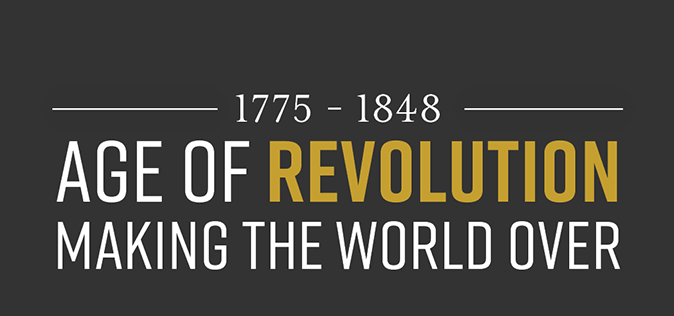Tagged with Protest
Resource : Description of a Slave Ship
Transatlantic slavery was a brutal system which forcibly shipped over twelve million Africans to the Americas and lasted over 300 years. It allowed African men, women and children to be stolen from their homeland, bought and sold as property and used to produce sugar, coffee, cotton and other goods for huge profit in the European and North American markets. This print was made to highlight the inhumane conditions under which enslaved Africans were transported across the Atlantic Ocean, forced to make the long voyage from West Africa to the Americas, tightly packed into the hold of ships and held in chains.
Resource : Banner from the “Peterloo Massacre”
On the 16th August 1819, a huge crowd of people gathered in St Peter’s Field, Manchester to hear Henry ‘Orator’ Hunt and other noted radical speakers calling for parliamentary reform. At least 17 people would die of injuries received on the day, and around 700 suffered serious wounds at the hands of local armed forces. There was a popular outcry, and the radical press named the incident the ‘Peterloo Massacre’, a mocking reference to the Battle of Waterloo.
Resource : Red Flag
Today the red flag has, predominantly, become a symbol of socialism and communism. Its European origins date back to the Middle Ages, when a red streamer flying from the mast of a warship signalled a willingness to fight to the death, with no surrender. But its radical political roots lie firmly in the Age of Revolution.
Resource : French Guillotine Blade
The guillotine is best known as a method of executing those condemned to death during the French Revolution. Although it delivered a grisly end – by slicing off its victim’s head, death by guillotine was quick and humane. During the ‘Reign of Terror’ in France, as many as 40,000 people were executed by ‘Madame Guillotine’.
Resource : Phrygian ‘liberty’ cap
Red Phrygian or ‘liberty’ caps were long associated with the theme of liberty in European and colonial cultures. They were used as icons during the American Revolution and worn during the French Revolution in the late 1700s and came to symbolise allegiance to the republican cause. Along with the red, white and blue cockade, pinned to these and other hats, they became a lasting symbol of revolutionary France.
Resource : Cosette Sweeping
Cosette, is a central character in Victor Hugo’s novel, Les Misérables, an epic story with revolution at its very heart. First published in 1862, Hugo’s tale is one of the longest novels in history. It is widely considered to be a masterpiece and has been adapted countless times for stage and screen.
Resource : Luddite ticket
In the early 1700s, work in the textile industry was mainly hand-operated and undertaken by people skilled in crafts – such as weaving and knitting. But innovations in steam power and the design of machinery in the late 18th and early 19th century transformed manufacturing and the way people worked. Much of the new labour could be undertaken by unskilled workers in factories away from the household, quicker than ever before and for a fraction of the price. Skilled textile workers, who found their livelihoods threatened by new, labour-saving technology, responded witha series of violent protests. They became known as the Luddites.
Resource : The Pussyhat
The Pussyhat project is a social movement focused on raising awareness about women’s issues and advancing human rights. Propelled by social media – a revolution in communications – the pussyhat has rapidly become an international symbol for women’s rights, political resistance and collective action.
Resource : Poster advertising the Chartists’ Demonstration on Kennington Common, 1848
The Chartists were members of a national and generally peaceful protest movement who campaigned between 1838 and 1857 for political reform and representation of working class people. It was the first British mass movement to be driven by the working classes. The development of the industrial printing press helped spread the word and gather support for peaceful protests. The Chartists’ ‘demands’ still underpin British democracy today.
Resource : ‘No Stamp Act’ teapot
In the 1700s, a large area of North America was controlled and governed by Britain. In 1765, the British government changed the tax rules for the people living in these American colonies. Large numbers of colonial Americans refused to pay these taxes, complaining they had no representation in the British Parliament and therefore no say over decisions made about their lives. A period of unrest followed which escalated into the American Revolution and the birth of the USA.


